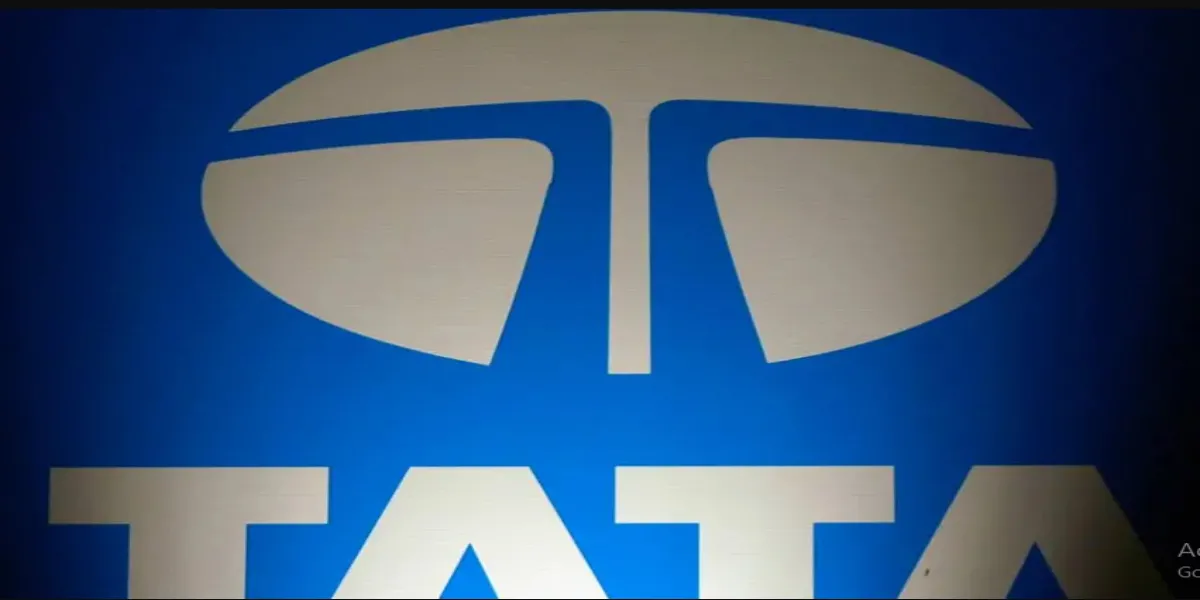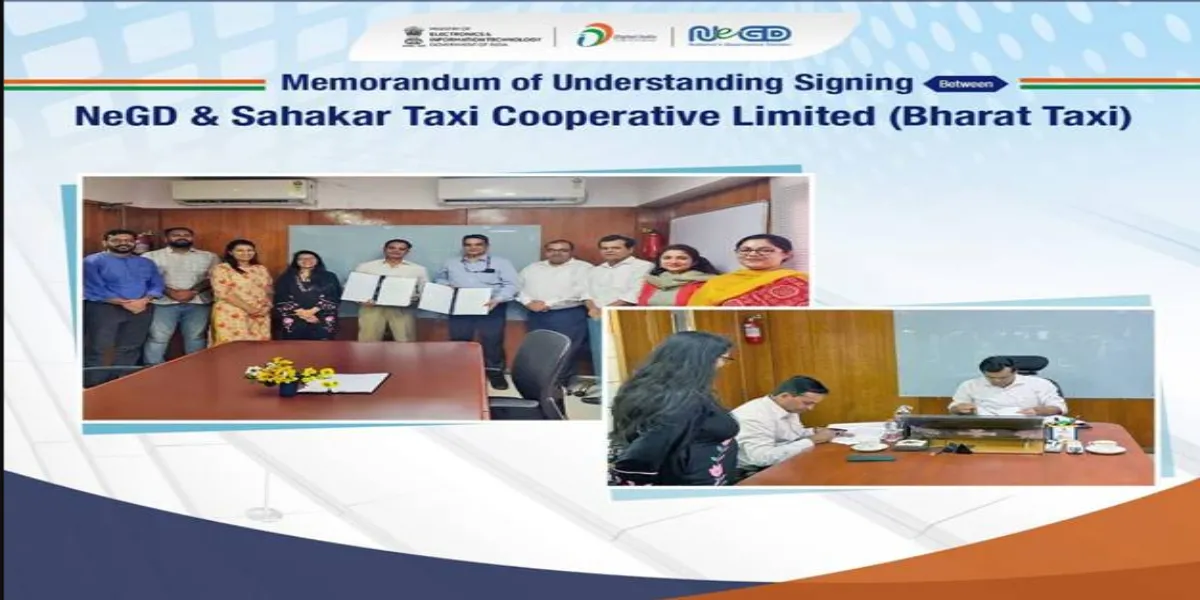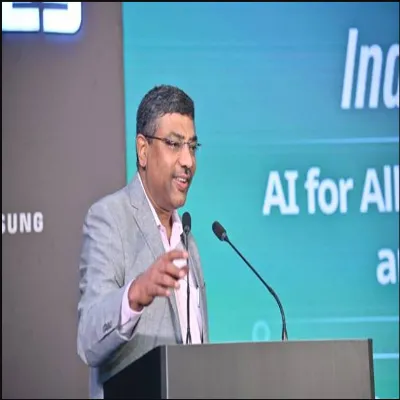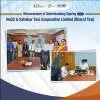- Jasmeet Singh, Head-Corporate Communications, JCB India Ltd
The demand for safe and reliable material handling equipment (MHE) is fast growing across a wide spectrum of applications in India. Telehandlers have recently made their way into the Indian market, and industries like agricultural logistics, construction, and process have shown excellent potential for this equipment. Similarly, given the versatility of skid steers, the machine popularity has increased rapidly over the last few years. The latest in the material handling segment from JCB is the introduction of 2DXL JCB Super Loader. ´The machine is a perfect blend of value, versatility and performance. And, as markets mature, there will be a huge focus on safety and reliability, and JCB machines address both these points,´ says
Jasmeet Singh, Head-Corporate Communications, JCB India. He shares more on the company´s offerings in the MHE segment.
What are the demand drivers across market segments?
One of the major demand drivers for telehandlers is the growing popularity of vertical stacking, increased thrust on palletisation coupled with rising demand for safe and versatile equipment. With most modern warehouses being designed keeping the usage of vertical space in mind, machines such as JCB Loadall have tremendous opportunities. JCB Skid Steer Loaders´ compact structure is ideal to operate in restricted areas, and hence, is gaining popularity in wide range of applications such as agriculture, industry, construction, demolition, material handling and maintenance. The demand for these machines will rise when there is progress in warehousing, and more critically with the introduction of palletisation in India.
Elaborate on the range of customer requirements for MHE.
Customers require equipment that is productive, safe, and versatile. These requirements enable users to utilise their equipment to its full potential at work sites. In terms of material handling, there is a generic requirement of lifting, placing and handling material at various heights, along with maneuverability and productivity. And, JCB has three world-class product lines: Telehandlers, Skid Steer Loaders and Super Loaders. It is revolutionising the way material is handled, moved or lifted at work sites. A wide range of attachments give it unmatched versatility and JCB´s continued commitment to safety and technology makes it an unbeatable choice. Similarly, in an industry where space and maneuverability comes at a premium, the JCB Skid Steer range fits perfectly. Given its compact size and unique zero turning radius feature, this versatile machine is designed to perform in restricted areas, effortlessly. With its unique side door entry, JCB SSL are considered world´s safest. Also introduced recently, the JCB Super Loader combines value, versatility and performance. Be it agro based logistics, construction sites or process industries, the two variants of this machine makes a positive difference in how material is handled.
What are the challenges faced and how does the company strategise to overcome these?
Despite a wide range of equipment available in the industry, there are limited options where safety, productivity and versatility are combined. The challenges lie in the areas of efficient site management itself. So, work sites need to be modernised to ensure that there is effective use of technologically-advanced products such as telehandlers and skid steer loaders. Palletisation of loads will play an important part in the usage of these machines. With it, the overall site efficiency can increase as it becomes much easier and simpler to handle the load. We are seeing some improvement in this space, but it will take some time before it becomes popular across work sites in India.
How do you visualise the market growth in this segment during 2016-2020?
At present, the market size is limited since these machines have been recently introduced in the Indian market. However, we foresee these machines gaining popularity, as they are extremely versatile. Apart from the lift and place applications, they can have various attachments that can be mounted on the front-end, which makes them multifunctional. Once the material handling industry matures, these machines will be in demand and we will see a paradigm shift in the way we move material at present.
To share your feedback on this interview, write in at feedback@ConstructionWorld.in




















